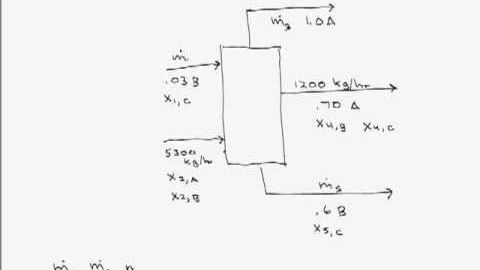
Subtitles & vocabulary
Degree of Freedom Analysis on a Single Unit
00
Jack posted on 2016/09/20Save
Video vocabulary
figure
US /ˈfɪɡjɚ/
・
UK /ˈfiɡə/
- Verb (Transitive/Intransitive)
- To appear in a game, play or event
- To calculate how much something will cost
- Noun
- Your body shape
- Numbers in a calculation
A1TOEIC
More come
US /kʌm/
・
UK /kʌm/
- Intransitive Verb
- To arrive at a place
- (Of mail) to be delivered
- Verb (Transitive/Intransitive)
- To move toward someone; go with someone
A1
More completely
US /kəmˈpliːtli/
・
UK /kəmˈpli:tli/
- Adverb
- In every way or as much as possible
- To the greatest extent; thoroughly.
A1
More rest
US /rɛst/
・
UK /rest/
- Noun (Countable/Uncountable)
- Time when one relaxes, sleeps, or is inactive
- State in which there is a lack of motion
- Verb (Transitive/Intransitive)
- To stop working or avoid activity to recover
- (Of dead person) to lie in a grave
A1
More Use Energy
Unlock All Vocabulary
Unlock pronunciation, explanations, and filters
